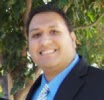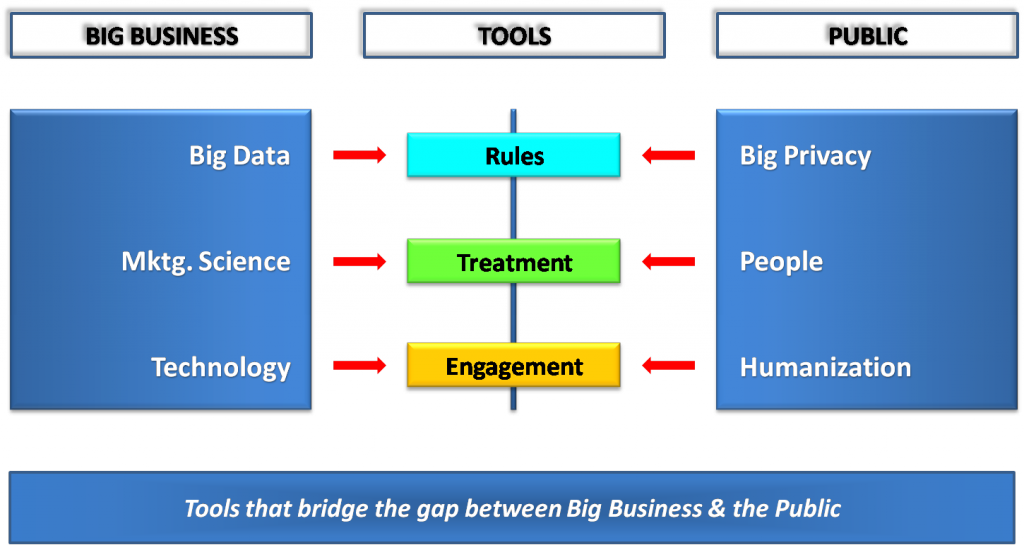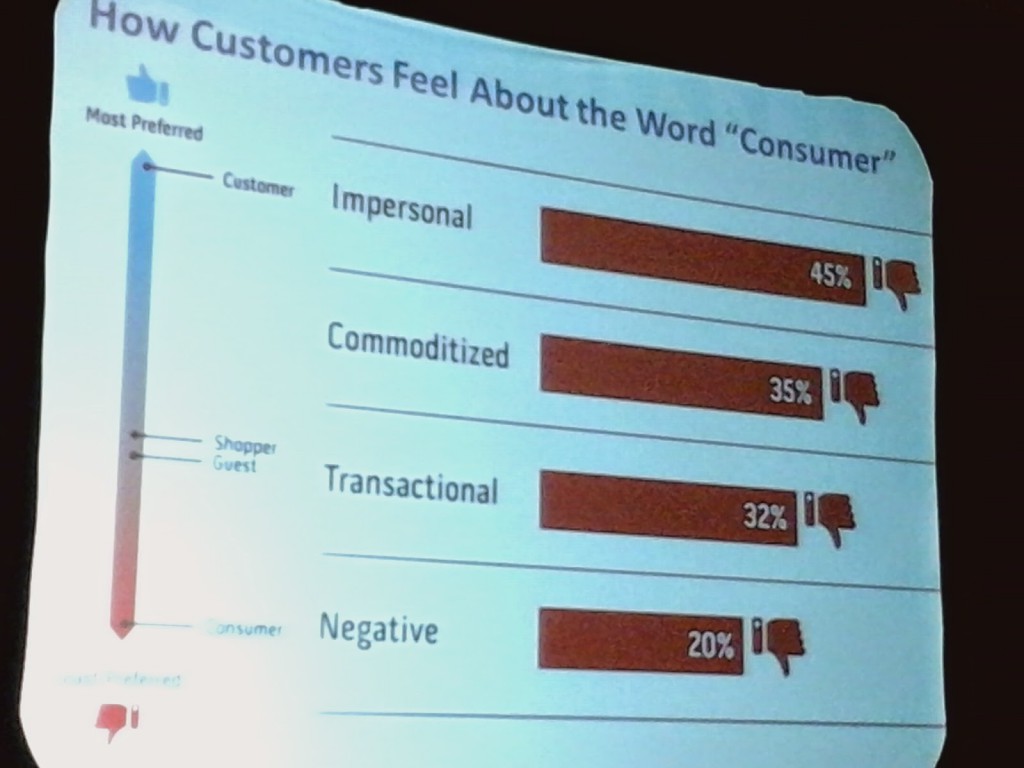Imagine a line drawn in the sand that is filled with hot
burning coals. To the left of the burning line stands
a group of people. And to the right of the burning line stands another group of people. The
group of people on the left are all directly facing the burning line drawn in the
sand and are staring at the opposing group. The group on the right are also all facing
the burning line drawn in the sand, staring directly at the group on the left.
burning coals. To the left of the burning line stands
a group of people. And to the right of the burning line stands another group of people. The
group of people on the left are all directly facing the burning line drawn in the
sand and are staring at the opposing group. The group on the right are also all facing
the burning line drawn in the sand, staring directly at the group on the left.
The burning line drawn in the sand represents trust. The
group of people on the left believe they are entitled to the right group's
trust because they are trying to help them. The group on the right believes
trust is earned and will not easily give it to the group on the left. The tug of
war between the two groups over trust causes friction and creates the burning
line drawn in the sand that neither can cross without the right tools.
group of people on the left believe they are entitled to the right group's
trust because they are trying to help them. The group on the right believes
trust is earned and will not easily give it to the group on the left. The tug of
war between the two groups over trust causes friction and creates the burning
line drawn in the sand that neither can cross without the right tools.
The above scenario is analogous to what was presented at the
recent 2014 Future of Consumer Intelligence conference (#FOCI14). The group to the left was Big Business, the group to the right was the Public and we as
attendees were willing and able to sit right on the burning line drawn in the sand and
discuss how to bridge the gap between groups.
recent 2014 Future of Consumer Intelligence conference (#FOCI14). The group to the left was Big Business, the group to the right was the Public and we as
attendees were willing and able to sit right on the burning line drawn in the sand and
discuss how to bridge the gap between groups.
As marketers and researchers we love to collect lots of data
with the intention of using personal information to improve products, services,
and lives. But at what point is it considered invasion of privacy? Do consumers
really know how their data is being used, regardless of whatever they agreed
to? At FOCI14 it was made evident that as marketers and researchers, we teeter
on the brink of 'Empowerment vs. Endagerment'. The path to maintaining the
balance and bridging the gap on the subject of data between Big Business and
the Public was made evident: provide clear, concise rules and guidelines for
how consumer data is used that moves past legality and into the territory of
morality.
with the intention of using personal information to improve products, services,
and lives. But at what point is it considered invasion of privacy? Do consumers
really know how their data is being used, regardless of whatever they agreed
to? At FOCI14 it was made evident that as marketers and researchers, we teeter
on the brink of 'Empowerment vs. Endagerment'. The path to maintaining the
balance and bridging the gap on the subject of data between Big Business and
the Public was made evident: provide clear, concise rules and guidelines for
how consumer data is used that moves past legality and into the territory of
morality.
MARKETING SCIENCE VS. PEOPLE
Clearly our industry is at a point of disruptive innovation as
new technologies and methodologies allow researchers to get a clearer picture
of consumer insights. But who are behind all of these insights? That's right,
people. In our industry we label people as consumers, customers, shoppers,
respondents, target markets and more. But remember that behind all of our
studies are people. And sometimes we can act as a barricade between companies,
their brands, and their consumers in an attempt to remain unbiased and objective. So how do we
bridge the gap?
new technologies and methodologies allow researchers to get a clearer picture
of consumer insights. But who are behind all of these insights? That's right,
people. In our industry we label people as consumers, customers, shoppers,
respondents, target markets and more. But remember that behind all of our
studies are people. And sometimes we can act as a barricade between companies,
their brands, and their consumers in an attempt to remain unbiased and objective. So how do we
bridge the gap?
For starters, John Havens, Founder of The H(app)athon Project, suggests we
can begin by switching out the label 'consumer' with 'customer'. Whereas Elizabeth
Merrick, Senior Customer Insights Manager of HSN suggests we consider research
as another touch point of the brand, 'We should allow customers to contribute
to a brand, not just consume it.'
can begin by switching out the label 'consumer' with 'customer'. Whereas Elizabeth
Merrick, Senior Customer Insights Manager of HSN suggests we consider research
as another touch point of the brand, 'We should allow customers to contribute
to a brand, not just consume it.'
So it appears the segue between marketing science and people
is essentially personal treatment and recognizing that customers are more than
a data point within a spreadsheet.
is essentially personal treatment and recognizing that customers are more than
a data point within a spreadsheet.
The more I thought about it, FOCI14's tagline of The Convergence of Technology, Marketing
Science & Humanization of Data seemed unintentionally (or perhaps intentionally) dichotomous where both Big Business and the Public were descending upon the line drawn in the sand. So
it goes with technology & humanization.
Science & Humanization of Data seemed unintentionally (or perhaps intentionally) dichotomous where both Big Business and the Public were descending upon the line drawn in the sand. So
it goes with technology & humanization.
There is no doubt that technology improves lives at
blistering speeds. Ray Kurzweil, Director of Engineering for Google pointed
out that, 'Information Technology expands exponentially across time, not
linearly.' But as we become more technologically advanced, do we lose a piece
of our humanity and our identity?
blistering speeds. Ray Kurzweil, Director of Engineering for Google pointed
out that, 'Information Technology expands exponentially across time, not
linearly.' But as we become more technologically advanced, do we lose a piece
of our humanity and our identity?
As we discussed more and more about the subjects of technological advances, psychological
habits, triggers, and touch points at FOCI14, it seemed the key to closing the
gap between technology & humanization of data relied upon engagement. If new
technologies enable to us to engage with customers in a more meaningful way and
people are able to build stronger psychological connections with each other,
then the gap is bridged. If on the other
hand, the research community were to stand disengaged with customers and people, then technology & humanization in
the field will stand diametrically opposed on a bridge that is about to
collapse.
habits, triggers, and touch points at FOCI14, it seemed the key to closing the
gap between technology & humanization of data relied upon engagement. If new
technologies enable to us to engage with customers in a more meaningful way and
people are able to build stronger psychological connections with each other,
then the gap is bridged. If on the other
hand, the research community were to stand disengaged with customers and people, then technology & humanization in
the field will stand diametrically opposed on a bridge that is about to
collapse.
So the real question in all of this is, 'Has your
organization bridged the line drawn in the sand'?
 Chris Ruby is an award-winning Marketing Research & Consumer Insights Executive with Fortune 500 consulting experience. His niche is the ability to turn complex data into compelling stories that induce a call for action among key decision-makers. His work has been featured by MRA, MRIA, IIR, Norstat Times, Chadwick Martin Bailey & the Optimization Group. Keep up with Chris Ruby by following him on Twitter @ChrisRubyMRX or by reading the Chris Ruby Market Research Blog.
Chris Ruby is an award-winning Marketing Research & Consumer Insights Executive with Fortune 500 consulting experience. His niche is the ability to turn complex data into compelling stories that induce a call for action among key decision-makers. His work has been featured by MRA, MRIA, IIR, Norstat Times, Chadwick Martin Bailey & the Optimization Group. Keep up with Chris Ruby by following him on Twitter @ChrisRubyMRX or by reading the Chris Ruby Market Research Blog.
organization bridged the line drawn in the sand'?
Tom Krause, VP of Client Services, Gongos Research
"It's all about people"
"It's all about people"
 Chris Ruby is an award-winning Marketing Research & Consumer Insights Executive with Fortune 500 consulting experience. His niche is the ability to turn complex data into compelling stories that induce a call for action among key decision-makers. His work has been featured by MRA, MRIA, IIR, Norstat Times, Chadwick Martin Bailey & the Optimization Group. Keep up with Chris Ruby by following him on Twitter @ChrisRubyMRX or by reading the Chris Ruby Market Research Blog.
Chris Ruby is an award-winning Marketing Research & Consumer Insights Executive with Fortune 500 consulting experience. His niche is the ability to turn complex data into compelling stories that induce a call for action among key decision-makers. His work has been featured by MRA, MRIA, IIR, Norstat Times, Chadwick Martin Bailey & the Optimization Group. Keep up with Chris Ruby by following him on Twitter @ChrisRubyMRX or by reading the Chris Ruby Market Research Blog.

